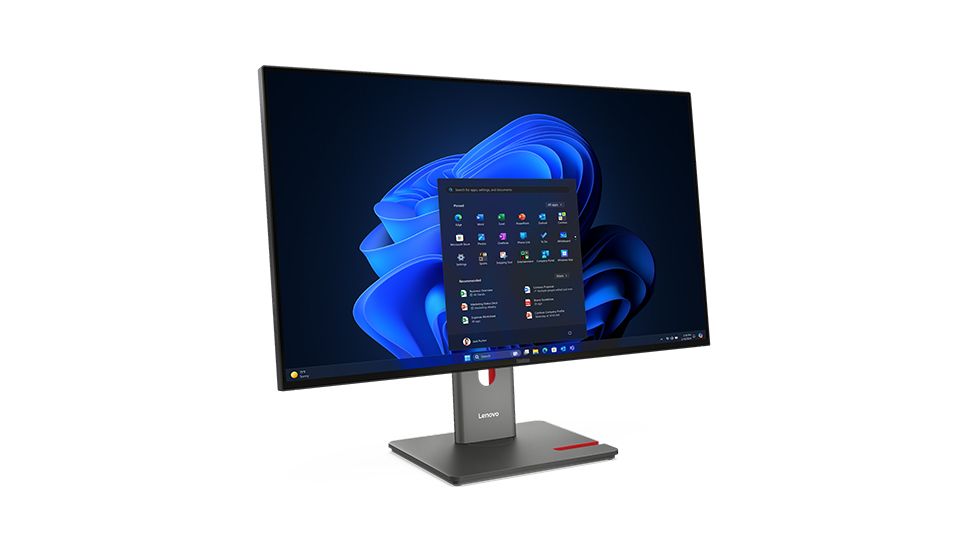Microsoft has revealed a new plug-in for Copilot, its artificial intelligence (AI) assistant, named Power Automate that will enable users to (as the name suggests) automate repetitive and tedious tasks, such as creating and manipulating entries in Excel, handling PDFs, and file management.
This development is part of a bigger Copilot update package that will see several new capabilities being added to the digital AI assistant.
Microsoft gives the following examples of tasks this new Copilot plug-in could automate:
- Write an email to my team wishing everyone a happy weekend.
- List the top 5 highest mountains in the world in an Excel file.
- Rename all PDF files in a folder to add the word final at the end.
- Move all word documents to another folder.
- I need to split a PDF by the first page. Can you help?
Who can get the Power Automate plug-in and how
As of now, it seems like this plug-in is only available to some users with access to Windows 11 Preview Build 26058, available to Windows Insiders in the Canary and Dev Channels of the Windows Insider Program. The Windows Insider Program is a Microsoft-run community for Windows enthusiasts and professionals where users can get early access to upcoming versions of Windows, features, and more, and provide feedback to Microsoft developers to improve these before a wider rollout.
Hopefully, the Power Automate plug-in for Copilot will prove a hit with testers – and if it is, we should hopefully see it rolled out to all Windows 11 users soon.
As per the blog post announcing the Copilot update, this is the first release of the plug-in, which is part of Microsoft’s Power Platform, a comprehensive suite of tools designed to help users make their workflows more efficient and versatile – including Power Automate. To be able to use this plug-in, you’ll need to download Power Automate for Desktop from the Microsoft Store (or make sure you have the latest version of Power Automate).
There are multiple options for using Power Automate: the free plan, suitable for personal use or smaller projects, and there are premium plans that offer packages with more advanced features. From what we can tell, the ability to enable the Power Automate plug-in for Copilot will be available for all users, free and premium, but Microsoft might change this.
Once you’ve made sure you have the latest version of Power Automate downloaded, you’ll also need to be signed into Copilot for Windows with a Microsoft Account. Then you’ll need to add the plug-in to Copilot To do this, you’ll have to go to the Plug in section in the Copilot app for Windows, and turn on the Power Automate plug-in which should now be visible. Once enabled, you should be able to ask it to perform a task like one of the above examples and see how Copilot copes for yourself.
Once you try the plug-in for yourself, if you have any thoughts about it, you can share them with Microsoft directly at powerautomate-ai@microsoft.com.
Hopefully, a sign of more to come
The language Microsoft is using about the plug-in implies that it will see improvements in the future to enable it and, therefore, Copilot to carry out more tasks. Upgrades like this are steps in the right direction if they’re as effective as they sound.
This could address one of the biggest complaints people have about Copilot since it was launched. Microsoft presented it as a Swiss Army Knife-like digital assistant with all kinds of AI capabilities, and, at least for now, it’s not anywhere near that. While we admire Microsoft’s AI ambitions, the company did make big promises, and many users are growing impatient.
I guess we’ll have to just continue to watch whether Copilot will live up to Microsoft’s messaging, or if it’ll go the way of Microsoft’s other digital assistants like Cortana and Clippy.





